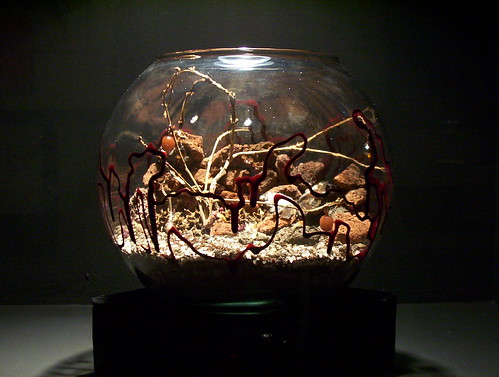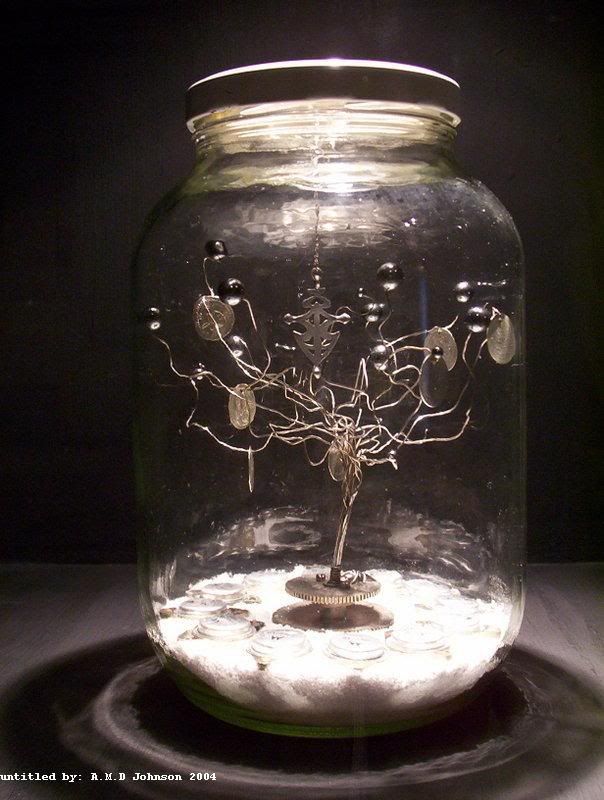Macon, Georgia, 1835
" When the green corn is ripe, the Creeks seem to begin their year. Until after the religious rites of the festival with which their New Year is ushered in, it is considered as an infamy to taste the corn. On the approach of the season, there is a meeting of the chiefs of all the towns forming any particular clan. First, an order is given out for the manufacture of certain articles of pottery to be employed in the ceremonies. A second meeting gives out a second order. New matting is to be prepared for the seats of the assembly. There is a third meeting. A vast number of sticks are broken into parts, and then put up in packages, each containing as many sticks as there are days intervening previous to the one appointed for the gathering of the clans. Runners are sent with these. One is flung aside every day by each receiver. Punctually, on the last day, all, with their respective families, are at the well known rendezvous
The chosen spot is remote from any habitations, and consists of an ample square, with four large log houses, each one forming a side of the square, at every angle of which there is a broad opening into the area. The houses are of logs and clay, and a sort of wicker work, with sharp topped, sloping roofs, like those of our log houses, but more thoroughly finished. The part of the houses fronting the square is entirely open. Their interior consists of a broad platform from end to end, raised a little more than knee high, and so curved and inclined as to form a most comfortable place for either sitting or lying. It is covered with the specially prepared cane matting, which descends in front of it to the ground. A space is left open along the entire back of each house, to afford a free circulation of air. It starts from about the height of my chin, so that I could peep in from the outside through the whole of each structure, and obtain a clear view of all that was going on. Attached to every house towers a thick, notched mast. Behind, the angle of one of the four broad entrances to the square, rises a high, cone roofed building, circular and dark, with an entrance down an inclined plane, through a low door. Its interior was so obscured that I could not make out what it contained; but some one said it was a council house. I occupied one corner of an outer square, next to the one I have already described, two sides of which outer square were formed by thick corn fields, a third by a raised embankment apparently for spectators, and a fourth by the back of one of the buildings before mentioned. In the center of this outer square was a very high circular mound. This, it seems, was formed from the earth accumulated yearly by removing the surface of the sacred square thither. At every Green Corn Festival, the sacred square is strewn with soil yet untrodden; the soil of the year preceding being taken away, but preserved as above explained. No stranger's foot is allowed to press the new earth of the sacred square until its consecration is complete. A gentleman told me that he and a friend chanced once to stroll along through the edge, just after the new soil had been laid. A friendly chief saw him and remonstrated, and seemed greatly incensed. He explained that it was done in ignorance. The chief was pacified, but nevertheless caused every spot which had been polluted by their unhallowed steps to be uptorn, and a fresh covering substituted.
The sacred square being ready, every fire in the towns under the jurisdiction of the head chief is, at the same moment, extinguished. Every house must also at that moment have been newly swept and washed. Enmities are forgotten. If a person under sentence for a crime can steal in unobserved and appear among the worshippers when their exercises begin, his crime is no more remembered. The first ceremonial is to light the new fire of the year. A square board is brought, with a small circular hollow in the center. It receives the dust of a forest tree, or of dry leaves. Five chiefs take turns to whirl the stick, until the friction produces a flame. From this sticks are lighted and conveyed to every house throughout the tribe. The original flame is taken to the center of the sacred square. Wood is heaped there, and a strong fire lighted. Over this fire the holy vessels of new made pottery are placed. Drinking gourds, with long handles, are set around on a bench. Appointed officers keep up an untiring surveillance over the whole, never moving from the spot; and here what they call the black drink is brewed, with many forms and with intense solemnity." ...
From an Unpublished Ms. By John Howard Payne, Author of "Home, Sweet Home"
that black drink is no doubt asi !










No comments:
Post a Comment